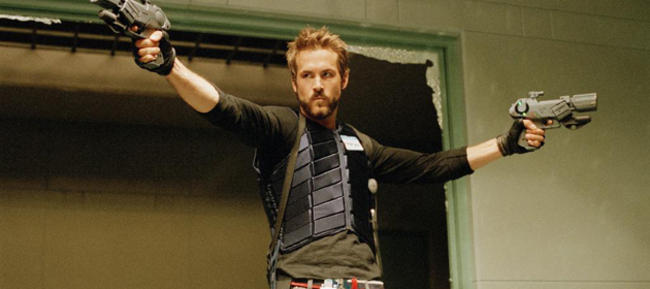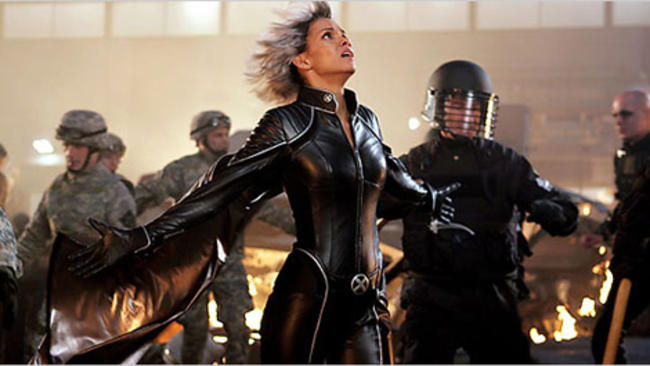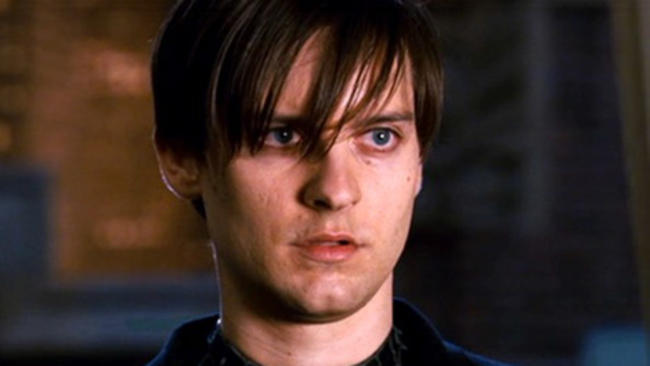5. Blade: Trinity
Like the TMNT series, Blade and Blade II didn’t boast as strong critical praise as the other films on this list, but they nevertheless held a strong base in the form of both Blade and Wesley Snipes fans. Indeed, the good chemistry between Snipes and Kris Kristofferson was hailed by many as the most redeeming point of the vampire superhero films.
It thus begs the question of why the studio decided that less focus was to be put on Blade and Whistler’s relationship and more on new characters Hannibal King (Ryan Reynolds) and Abigail Whistler (Jessica Biel), though it’s suspected that sex appeal was a probable cause.
The third entry, called Blade: Trinity was a sloppy action picture that underutilized its villain Dracula. Not only that, conflicts arose between Snipes and Kristofferson against the producers due to production deals being broken that would’ve enabled Snipes to have more creative control on the third entry. Though no one can truly say whether or not Snipes would’ve created a riveting sequel to Blade II, it would surely have been better than what we got with Blade: Trinity.
4. X-Men: The Last Stand
As I said in its entry on my article regarding films that changed American culture significantly, Bryan Singer’s X-Men was a spectacular movie that fueled the demand for more superhero films. Three years after X-Men’s debut, Singer came back with another wonderfully penned sequel in X2: X-Men United. Expanding the roster of characters and exploring the mutant-human conflict that defined the comics, X2 became one of the most beloved comic book films in the history of the medium. With a worldwide gross of over $400 million, a sequel with Singer seemed a sure thing.
As you can probably tell from all the other entries, conflicts emerged between the director and the producers, leading to Singer (ironically) directing Superman Returns and Brett Ratner taking over. X-Men: The Last Stand took ideas from the treatment Singer left, but ultimately sought to create a very action-packed movie about the climatic war between the humans and Magneto’s mutants, whilst the intervention of the X-Men. It really wasn’t that bad of a film, but compared to Singer’s eloquent, almost poetic movies about the X-Men (of which he invested some heart given the prejudice he’d experienced growing up), the film came off as loud and noisy with brainless fights.
3. Spider-Man 3
Spider-Man 3 is a film that doesn’t need as much explanation as the other entries given that it’s what popularized the curse to mainstream audiences. Raimi’s first two films were heralded and beloved by many and, after three years, we finally got a third entry that looked very promising. It was going to explore a darker Spider-Man who had to fight this rage within him brought upon by an alien symbiote.
The true film was much more goofy than people expected, with the infamous dance scene still resonating in many fans’ heads. While many would argue that it really isn’t a bad film, Spider-Man 3 remains a disappointment, with reflections by Sam Raimi revealing that once again there was a conflict between director and studio. You’d think producers would’ve learned by now, but there are still two more entries to go through.


